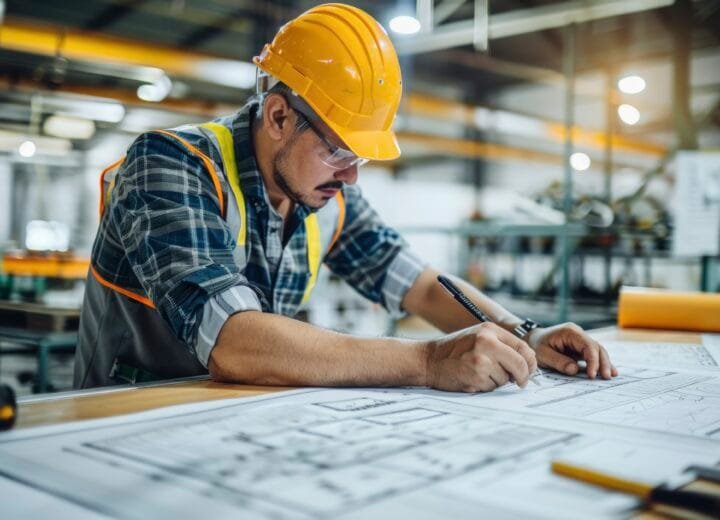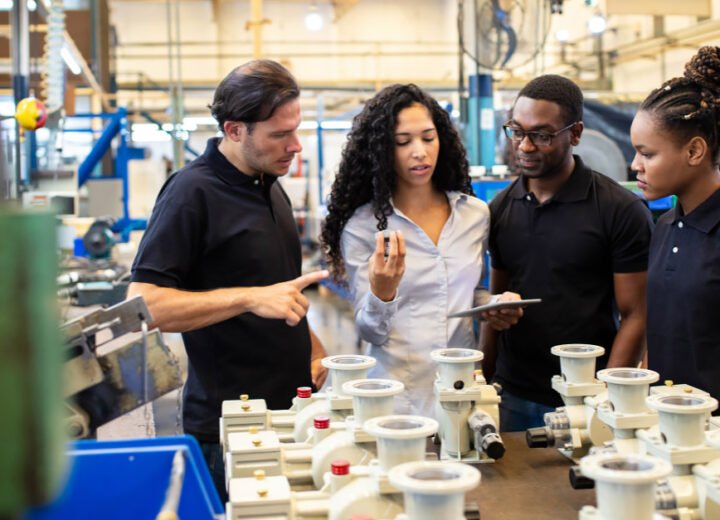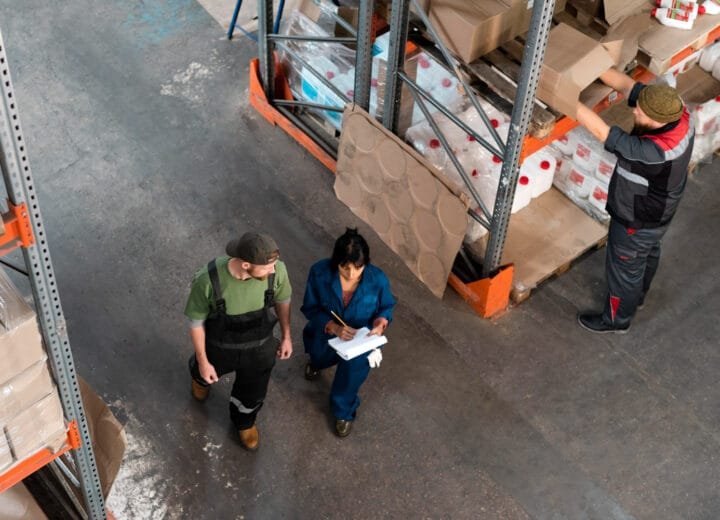People cannot be owned. People do not depreciate. If they are assets, people are intangible assets.
In the industrial age, the gross domestic product was largely driven by tangible asset investments that appear on balance sheets – equipment, buildings and land. This remained true well into the 1980s. From 1980 to 1985, 88 percent of the increase in GDP was associated with growth in tangible assets. In today’s knowledge – or information – age, the driver of GDP growth has shifted from tangible assets to intangible ones. From 2000 to 2005, only 10 percent of GDP growth was related to tangible assets. Intangible assets drove 90 percent of GDP growth.
The most valuable asset of 21st century is the people in an organization. Starting from the most valuable patents to intellectual property rights, research and development and even the organizational designing is worked upon by the employees of the organization. The brainpower working behind as the backbone of the organization is the people. It is an inevitable fact, which is widely accepted by various institutions and organizations. People are the core intangible assets.
According to a Global CEO Survey, 47% of company leaders forecast growth over the next few years, however only 30% believe they will have the talent necessary to accommodate that growth. It’s a concerning statistic that is unfortunately representative of a trend that has surfaced across multiple industries. The problem isn’t necessarily that there aren’t people looking for jobs – quite the opposite actually – the issue is that businesses are not finding talent with the right mix of skills, education, and experience that is necessary to support their needs.
Classifying the employees as an asset
By classifying the employees as an asset for an organization, it basically means to increase the value of employees and turning it to be in company’s favor. This happens when a company invests its time and money to conduct various training and development programs. It would therefore be in organizations best interest to make the investments grow and to nurture it, rather than treating employees as an expense which needs to be controlled.
Organizational change
The core functionality is embedded in the DNA of the organization. To bring a transformational change it is necessary to change the core DNA which regulates the entire system. Software and equipment are tangible assets, but the main workhorse responsible for its proper and apt functioning is the knowledge power of the employees and workers, as they are the core foundation stone. If the foundation isn’t strong enough the organizational structure weakens eventually.
A focus on comprehensive employee development programs can help equip your current workforce as well as future employees with the skills they need to step up to new challenges and business initiatives. And, a commitment to building an environment that encourages and supports ongoing education is also an important step toward securing a stronger future for the company as a whole.
Culture Building
Culture can be defined by characterizing what to do, how to behave, the way individuals treat each other, the products, the customers, etc. of a business organization. The integrated pattern of culture building encompasses human knowledge, belief, and behavior in a particular organization and that depends upon the capacity for learning and transmitting this knowledge further. It passes on from individual team members and eventually corroborates into team culture. It involves simple steps like providing assistance to your team member and overcoming the urge of not to offer support.
Changing Habits of People
Changing habits is difficult but inculcating good habits right from the inception is comparatively easier. The most effective leadership behavior in motivating change is to inspire your employees. You can encourage your employees by working with them at an individual level to find out what their goals and aspirations are which also helps in strengthening the team bond. The employees need to share the set of attitudes, values, goals and practices that characterizes their institution or organization to inculcate the habits accordingly.
Development
Development is not restricted to certain zone or region, it needs a holistic approach. It encompasses the behavioral, technical as well as the cultural aspects. With the rate of technology advancement in 21st century knowledge and skills tend to become obsolete quite soon. This entails continuous training and development in terms of operational execution, technical know-how also behavioral and soft skill elements. Also organizations need to map the ability barriers and bring out the hidden potential of employees.
The above action points are likely change the route of development causing a rapid and sustainable change increasing tenfold.
Written by: Faber Mayuri Pandya
Faber Mayuri Pandya is Head Research & Analytics and one of the core members of Faber Infinite Consulting, with operations in Asia Pacific, Africa & Middle East. She holds a masters degree in Marketing Management with her 1st degree being in IT Engineering.
This article was originally published on Enterperneur.com. Original link available – here




